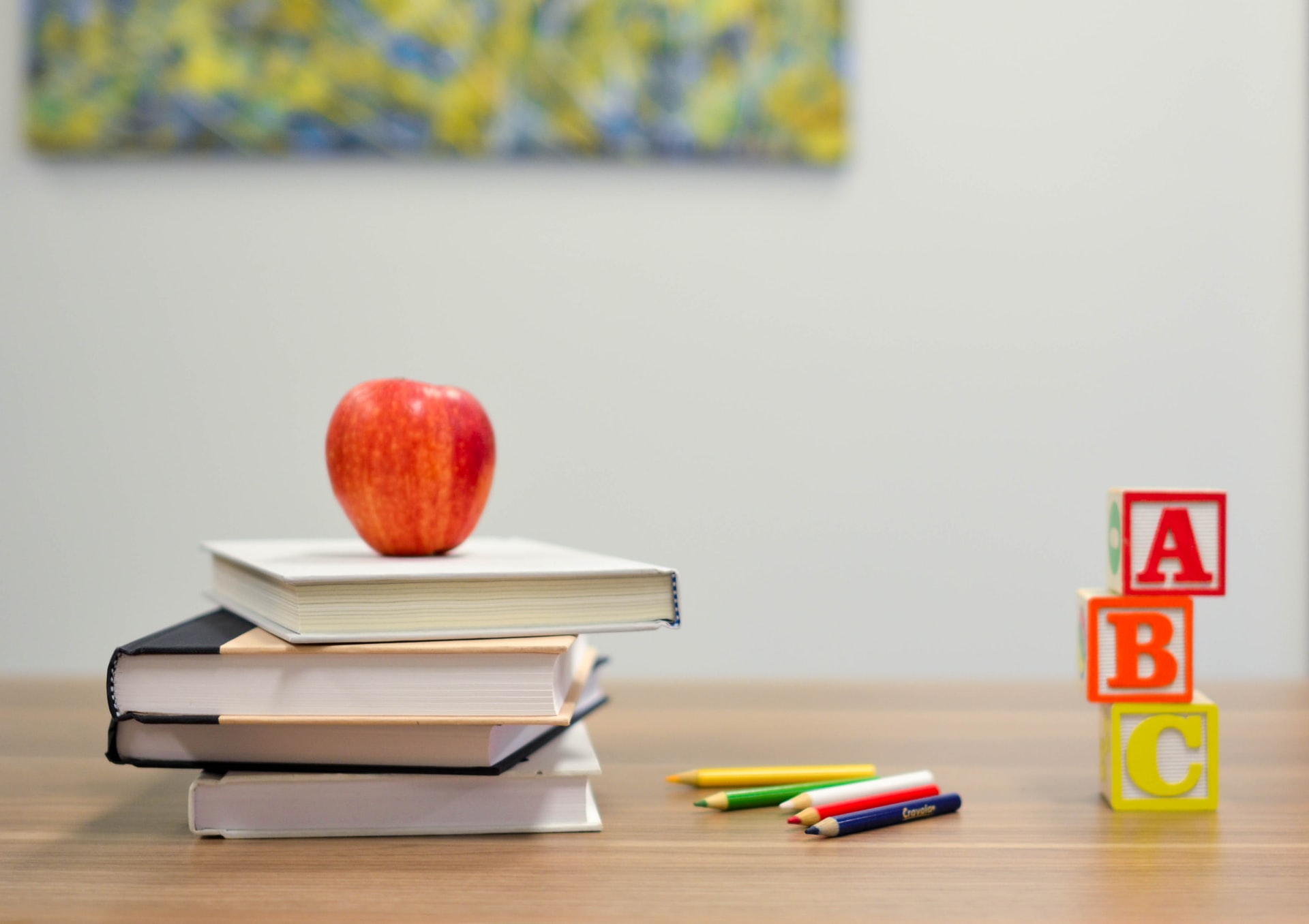The COVID-19 pandemic presented challenges for the entire community, but it’s important that we consider the impact that online learning has had on the younger generation. Not only did it mean they had to drastically change the way in which they learn, but they were also isolated from their peers during a time when social interactions are integral to their development.
However, as children are now returning to school, it’s essential that teachers are prepared to welcome them back with open arms and find as many ways as possible to involve classroom engagement. Here are some top tips that you can use to get started!
Decorate your classroom.
There are many benefits to decorating your classroom. To begin with, it can help make the classroom a more welcoming space for your students, especially through the incorporation of bright colours and bold designs. Additionally, displaying their work can instil a sense of pride and confidence within them.
Plan plenty of school trips.
As a teacher, it’s vital that you teach your student that learning does not always have to take place in the classroom – in fact, they can learn wherever they go. One way in which you can share this insight with them is by planning memorable school trips. School trips can help not only to bring your lessons to life but can also help improve information retention rates as they learn through practical experiences as opposed to just textbooks!
Check in with your students.
Each and every child is unique, which also means they will take on the challenges that come with education in different ways. While some may thrive in this environment, others may allow shyness or anxiety to cause them to retreat. As a result, if you want to improve classroom engagement, it’s important that you check in with your students regularly and tailor the learning experience to each student.
Make lessons as fun as possible.
The easiest way to improve engagement within the classroom is, quite simply, to make your lessons as fun as possible. Whenever you are putting together a lesson plan – ask yourself if there is a way you can get creative when sharing this knowledge. For example, in a history lesson, instead of reading a block of text, could you play hot seating games with your students and get them to learn more about historical figures through guided, creative play? If you are teaching kids to recycle, could you reuse items to create a fun recycling-themed display?
Reward them for a job well done.
Confident children are much more likely to get engaged in their schooling. As a result, you must find as many ways possible to build their confidence. For example, you should ensure that you always let them know when they have done an excellent job. This does not mean you should only praise them when they ace a test, but also when they have gone above and beyond to improve or have simply tried their best to succeed.




